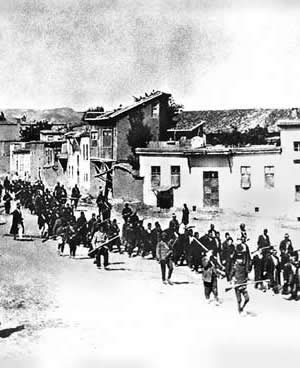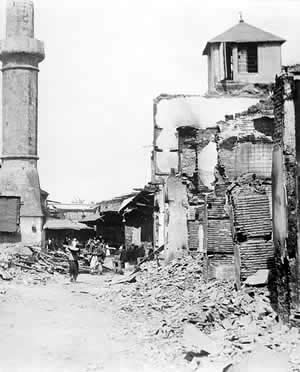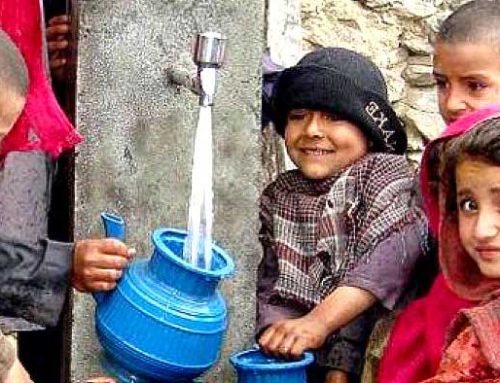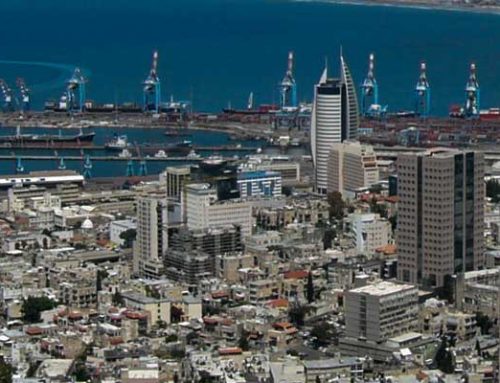The Armenians have lived on the mountainous land between the Black and Caspian Seas for over 2600 years. Today a modern nation known as Armenia exists, but the Armenian people have been conquered by many other empires throughout their history. King Tiridates III adopted Christianity in 301CE, making Armenia the first Christian kingdom in the Middle East.
The Seljuk Turks invaded Armenia in the fourteenth century, but many Armenian people held on to their language and Christian religion. The Armenians attempted to break away from the Ottoman Empire in the late nineteenth century. The Ottoman Turks feared an independent Armenia would support a Russian invasion of their Empire. Tensions led to several waves of persecution from 1894 to 1916 known as the Armenian Massacres.

Armenian_civilians
Armenian civilians were marched to prison by soldiers of the Ottoman Empire in April 1915.
When the Ottoman Empire joined World War I in 1914, many Armenians welcomed a Russian invasion. The Ottoman government responded to this threat with mass deportation. Over one million Armenians were sent to the Syrian Desert and resettled in concentration camps. Many women and children left behind were forced to convert to Islam and resettled into Muslim households. Estimates vary because there was no reliable population data in the region then, but experts believe that as many as one million Armenian people died through war and starvation. Some historians consider the Armenian Massacre an example of genocide. Genocide is the deliberate destruction of a racial or cultural group. After World War I, Russia became a military empire known as the Soviet Union. Armenia was taken over by the Soviet Union in 1922 but declared independence after the fall of the Soviets in 1991.
Resources
Mr. Donn has an excellent website that includes a section on the Middle East and North Africa.

Adana
A massacre of Armenian Christians in the city of Adana in 1909 resulted in the deaths of as many as 20,000–30,000 Armenians.




